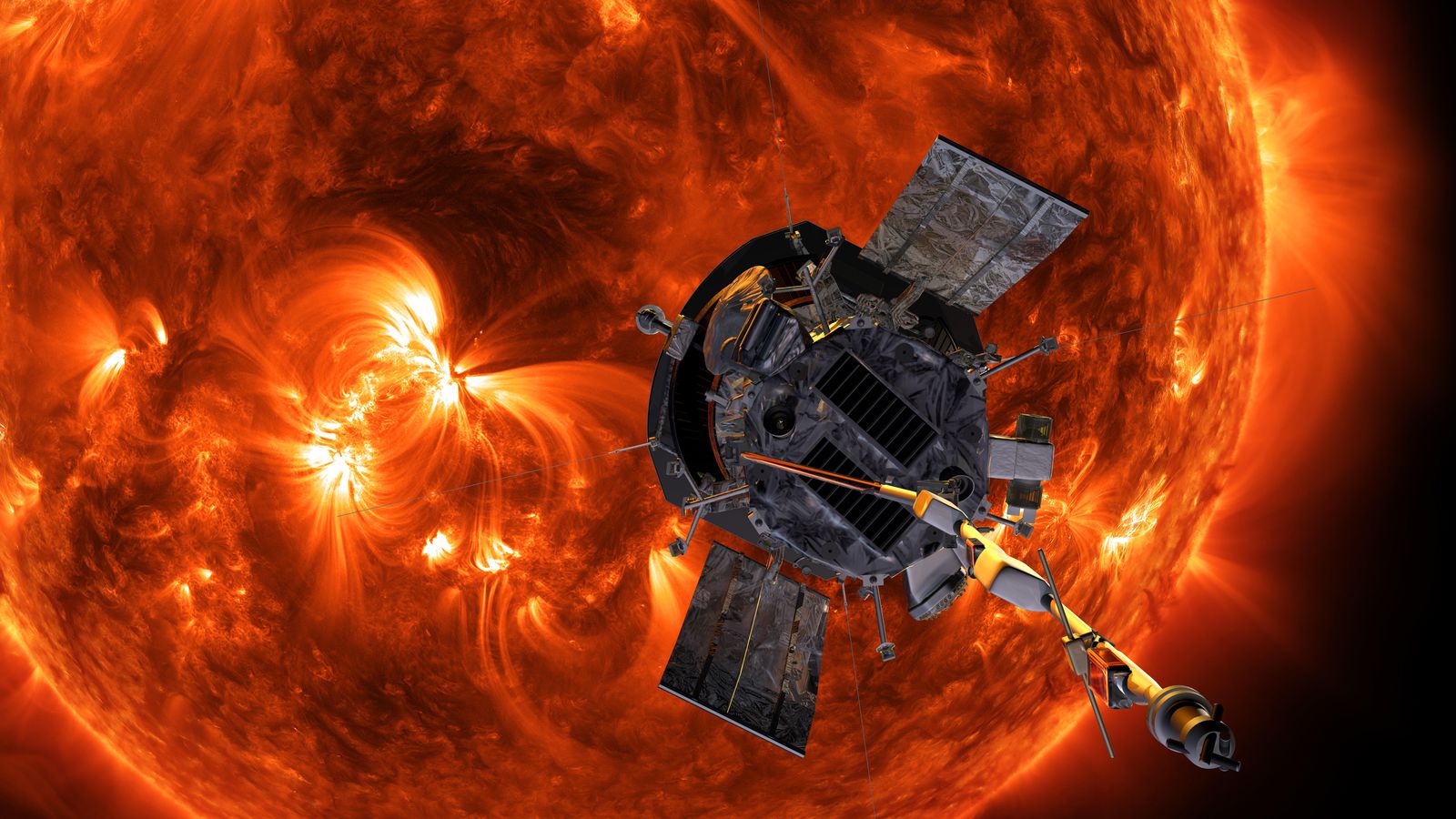NASA Parker Solar Probe will Break the History Record

On 29 October 2018, at 1:04 pm EDT (17:04 UTC) the Parker Solar Probe sent by NASA was the first human spacecraft to get this close to the Sun approximately 42.73 million kilometers (26.55 million miles) away.
“It’s been just 78 days since Parker Solar Probe launched, and we’ve now come closer to our star than any other spacecraft in history,” Andy Driesman the project manager of the Johns Hopkins Applied Physcis Laboratory reported.
The first record in history, in April 1975, was touched by the German-American collaboration Helios 2 which was also sent to observe the Sun. It also got a speed of 246,960 kilometers per hour (153,454 miles per hour) in the same month, setting another record.
However, on 29 October the new probe sent by NASA is expected to overcome the Helios 2 heliocentric speed record, at the time 10:54 pm EDT. It will also pass the geocentric speed record, which is measured in report to the Earth, set by Helios 2 in 1980 which was 356,040 km/h, or 221,232 mph.
In the year 2025, Parker Solar Probe is estimated to get a speed of 692,012 km/h (430,000 mph) which will for sure break all the records. Since them, the probe will make a total of 24 perihelions, moving away from the planet Venus and getting closer to the Sun’s corona for the best observations that were ever reported about the Sun.
So keep an eye on the news this Wednesday, on 31 October when the Parker Solar Probe will make the first encounter with the Sun and on November 5 at 10:28 pm EST when it will first reach its perihelion.
0 comments